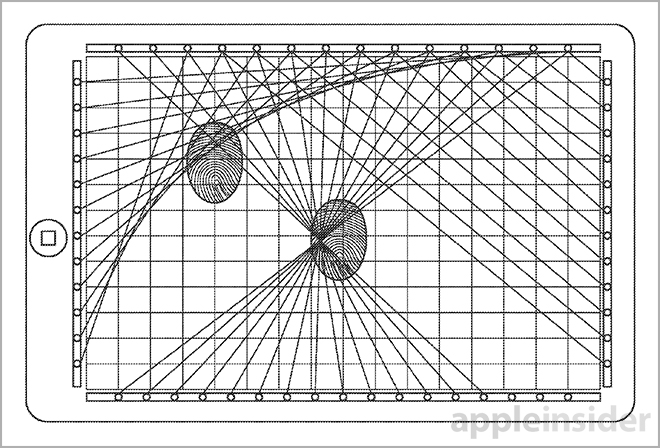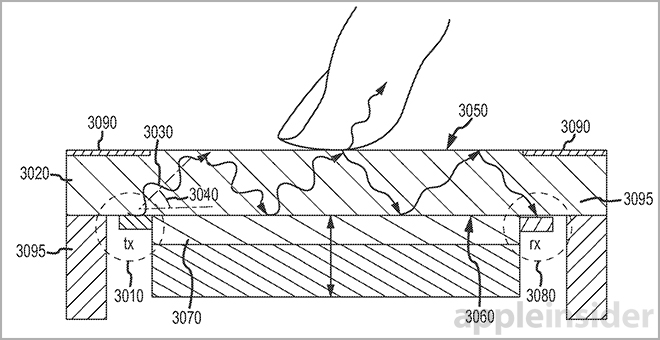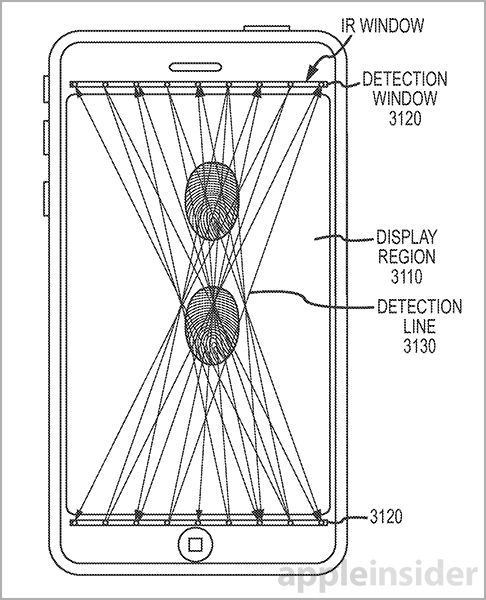Apple iPad Air 2: Possible Pressure Sensitive Touchscreen As New Patent Surfaces

Apple is known for its technological innovations, like the iPod, the iPhone and the iPad. But some industry analysts are claiming that Apple’s next iPad, presumably called the iPad Air 2, won’t be innovative, but rather will be an incremental update. However, a new Apple patent was uncovered Thursday that might just give the tablet one more trick up its sleeve. First filed for in 2012, the patent claims that by combining touch capabilities and infrared (IR) sensors, their devices will be able to determine pressure sensitivity. The concept will add one more input peripheral for developers to take advantage of, which means that users get a better, more intuitive user interface.
Current iDevices use capacitive touch as the main touchscreen technology. It works by running an electrical current through a digitizer screen, the glass or sapphire layer on a smartphone display. When a user touches the glass they disrupt the electrical current, which the phone then registers as a touch. While this works quite well in registering touches, capacitive screens are not the same as resistive touchscreens and can’t register pressure.

The recently uncovered patent describes how adding IR emitters will register pressure touch. An array of emitters and sensors will be placed under the bezel of future iPhones and iPads, shooting high frequency light through the capacitive screen. The receiving sensors will then measure the absorption that a finger or capacitive stylus has, and determine the pressure from that absorption. Because a finger pad will spread out as it presses harder, more of the IR light will be absorbed, which will be registered as a harder touch.

Adding pressure sensitivity will be great for consumers as game and app developers could use the pressure data for an added layer of intuitive control; many consumers do not understand how current capacitive technology works, believing it to be pressure based already. Whether or not we see this technology in future iOS devices is unclear however, as the patent is a few years old already. Considering that current rumors for the iPhone 6 include a bezel free display, the technology may just stay conceptual.
© Copyright IBTimes 2024. All rights reserved.




















